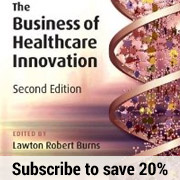Scientists have found that some people have antibodies against parts of their own immune system, allowing viruses to multiply rapidly.
Category: study
They Work in Several Nursing Homes to Eke Out a Living, Possibly Spreading the Virus
An analysis of location data from 30 million smartphones found that facilities across the country that share the most workers also had the most COVID-19 infections. The “Kevin Bacon of nursing homes” in each state — the one with the most staffers working at other nursing homes — was likely to have the worst outbreaks of coronavirus contagion.



